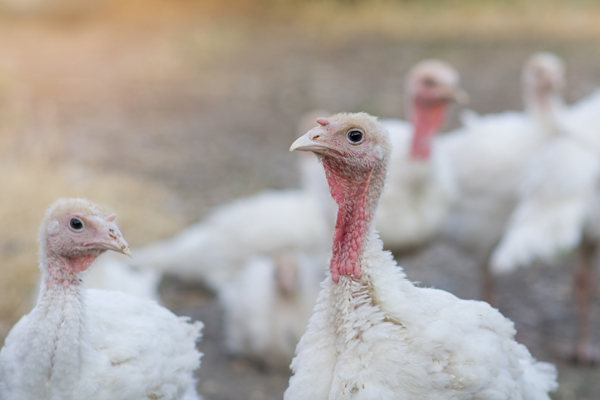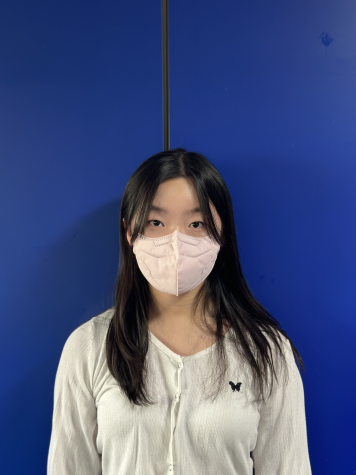Fall is Here, and So is a Deadly Influenza

SHINE LEE / CDC
The Avian Influenza, called bird flu, is on the rampage and the fall season is the peak when the rates of this virus increase. Recently, France and the United Kingdom have announced new biosafety measures to curb the swiftly spreading illness. In addition, dozens of infected penguins in South Africa have died recently, and on October 19, 2022, South Korea reported its first case in six months. In the United States, bird flu viruses are driving up prices for turkey a month before Thanksgiving.
Avian Influenza, or bird flu, is a disease caused by infection with Avian Influenza Type A viruses. Influenza Type A viruses have been found and are known to circulate in seven different animal species or groups, including humans, wild water birds, domestic poultry, swine, horses, dogs, and bats. These viruses naturally spread among wild aquatic birds worldwide and can infect domestic poultry and other bird and animal species, even harming humans. Human infections with bird flu viruses can happen when they get into a person’s eyes or nose or are inhaled through the mouth. Experts worry because the bird flu virus is vastly different from other flu viruses, which means our bodies do not have immunity against it. Bird flu viruses could change and gain the ability to spread easily between people, so preventing bird flu viruses is extremely important for public health.
Preventing bird flu is not complicated. Though unfortunately, only a few approaches are known. There is no vaccine available currently. Vaccine studies are in their infancy.
These are the lists for preventing bird flu:
- Practicing good hygiene
- Housing birds outdoors when temperatures allow
- Avoiding overcrowding and stress and providing good nutrition
- Isolating of all new, sick, or ABV-positive birds
- Testing existing and newly presenting birds using serology and multiple (up to three) PCR assays and housing birds separately based on results
- With the possibility of vertical transmission, chicks from infected birds should be incubator hatched, hand raised, separated from other noninfected birds, and monitored for the development of disease
- Due to the intermittent shedding and inconclusive serology results, it may take years of testing and separating birds to obtain ABV-negative aviaries

Hello! I am Shine Lee, a member of Chadwick Waves. This is my first year in both upper school and my first year in CI Journalism. Mostly, I enjoy literature...
















